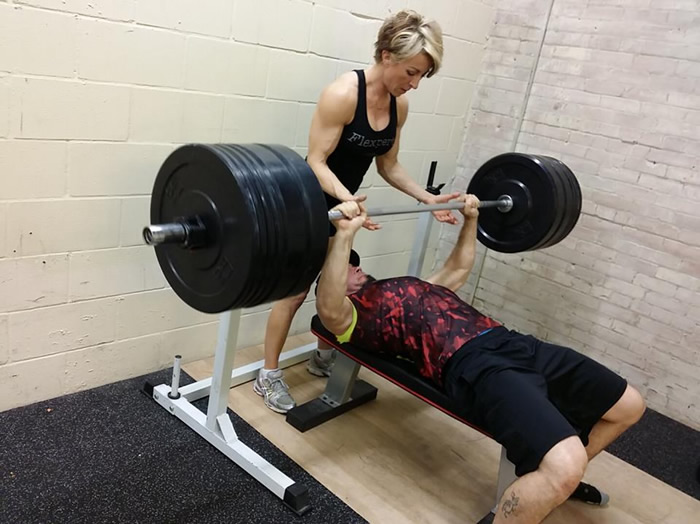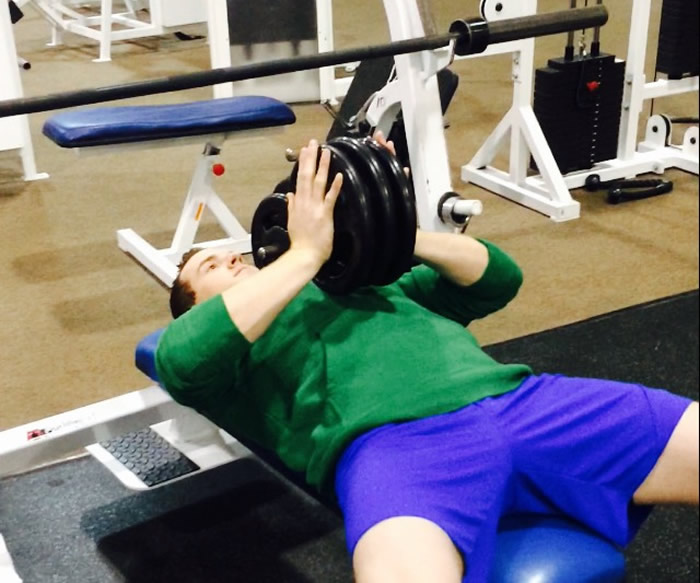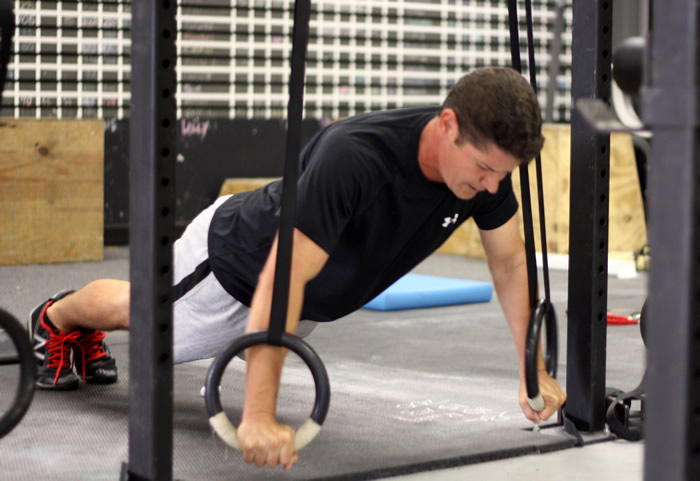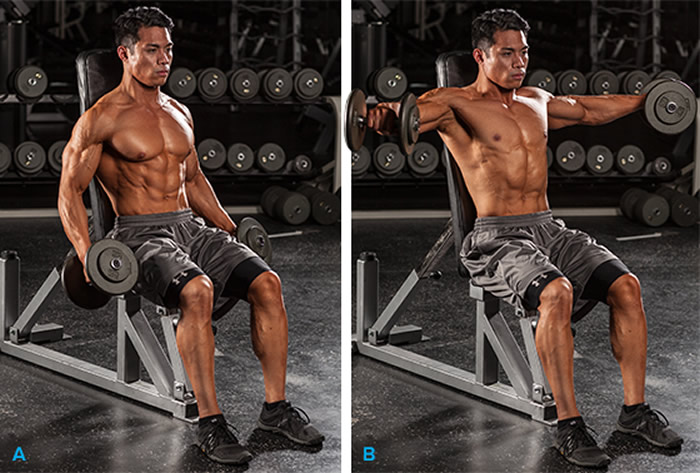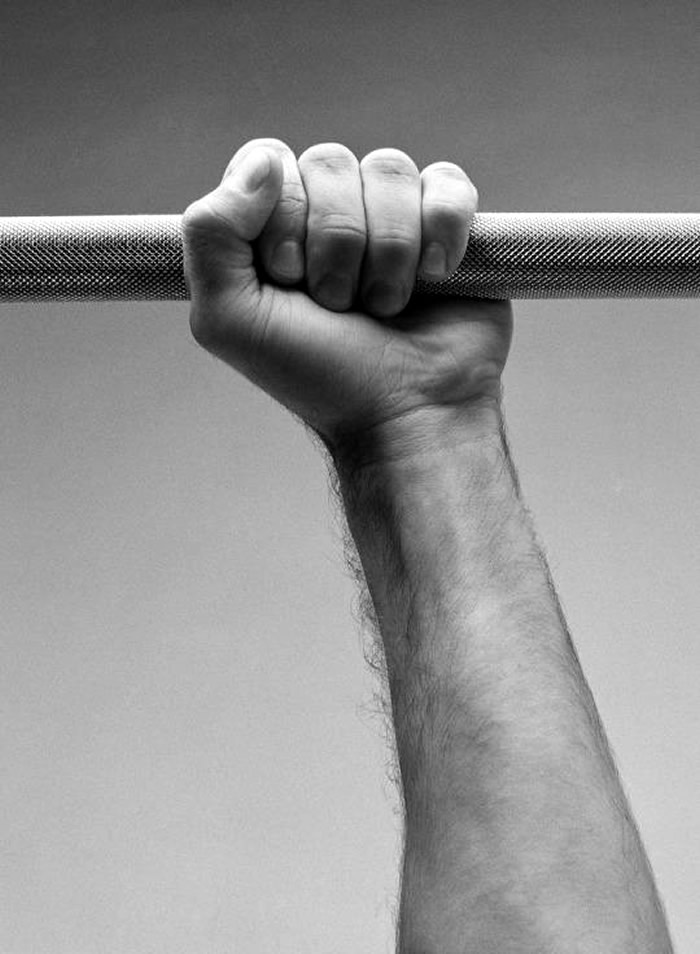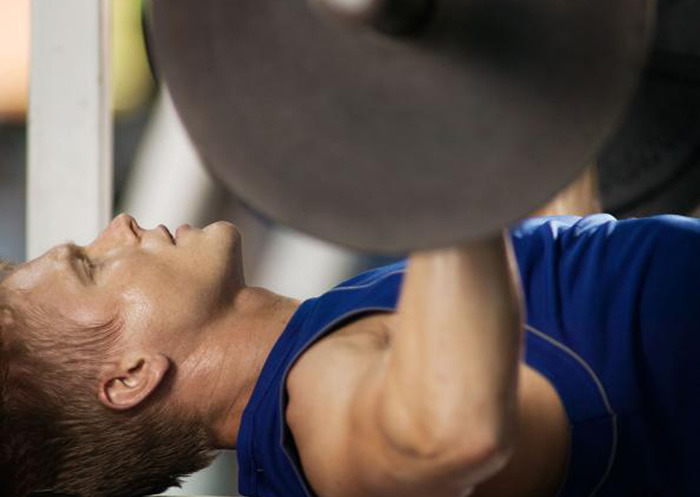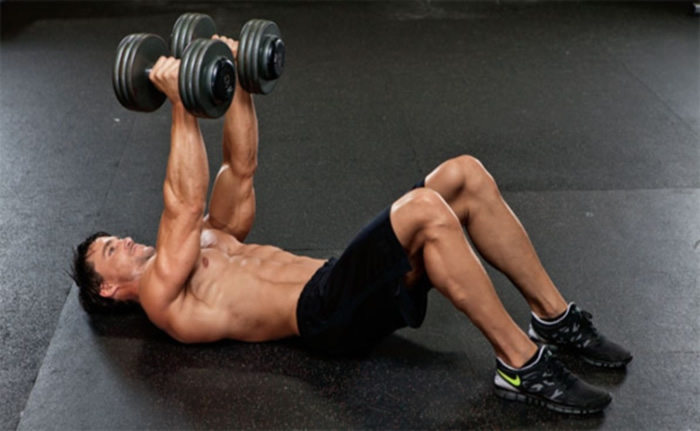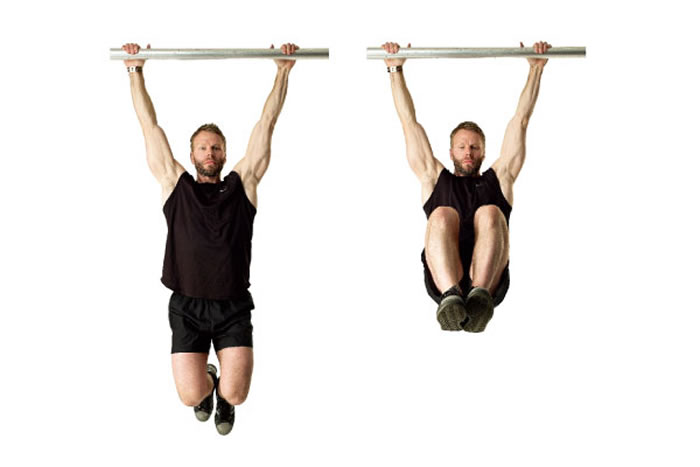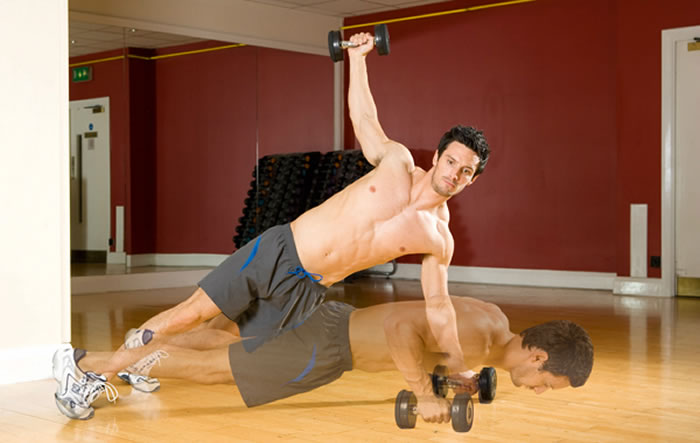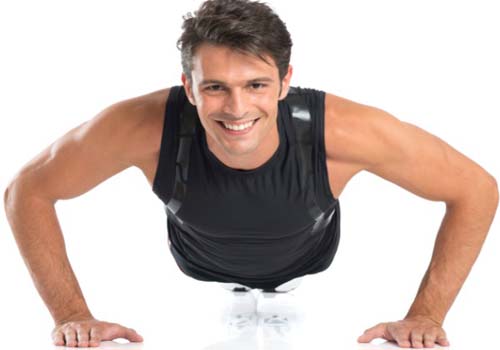7 Best Chest Workouts for Men
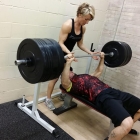
In general, men focus too much on their chests. After all, the bench press is the first weightlifting move most of us learn, and we too often aim to build our pecs before addressing a weak core, legs, or poor functional strength. That’s not to say you should skip the chest. Instead, take a smarter, more holistic approach to the upper body, outlined here.
[contentblock id=1 img=adsense.png]
Exercise 1: 1.5 Rep Bench Press
This exercise is simple and effective. Unrack a standard barbell bench press, and lower the weight to the chest. Then drive it up to the halfway point, pause, and then lower it down to the chest once more. Finish the rep by pressing the weight all the way up to the top. That’s one rep. This method allows the chest to work twice as much as the triceps, since the half-rep in the beginning doesn’t involve the arms. It’s a great way to bust through plateaus and make lighter weight feel heavy. Focus on sets of 6-8 reps. Rest 2 minutes between sets.
Read More: Workouts for Men to Get Ripped at Home
Exercise 2: Plate Squeeze Press
Stand up tall and with flat hands, squeeze a 5 or 10 pound plate between your hands at chest level. Maintaining pressure on the plate, slide the hands away from the chest, in a straight line. Don’t allow your shoulders to round. Squeeze the chest hard upon full extension, and slowly return to the starting position. Work on sets of 10 to 15 reps. This is great as a secondary movement to a major chest movement like the bench press or incline press. It’s also an excellent “finisher” post workout.
Exercise 3: Ring Push Ups
Doing push-ups using rings or another suspension training system like the TRX, creates instability at the hand that needs to be steadied via the rotator cuff. As a bonus, the chest now has a further, more complete range of motion to travel through, since there’s no ground to block it. Focus on sets of 12-15 reps. If you feel too much shoulder stress during this exercise, adjust either the rings or your positioning so you’re set up with your hands further away from the ground.
[contentblock id=2 img=adsense.png]
Exercise 4: Bench Press Ladder Sets
Using a barbell or dumbbells, start by selecting the weight for a 10 to 12 rep max, performing 2 reps of a standard flat or incline bench press. Then take 10 to 15 seconds of complete rest. Immediately following the rest, perform 3 reps. Rest for 10 to 15 seconds and then do 5 reps. Rest once more, and then finish with 10 reps. This is a good way to trick your muscles into performing 20 reps with your 10 rep max, taking advantage of mini breaks within the set. Perform 4 sets of ladders, and rest 3 minutes between rounds.
Read More: Abdominal Workouts for Men
Exercise 5: Pin Press
Set up a bench in the squat cage and set the safety pins so the bar lands on them instead of your chest, about 6 inches away from your torso. Load the weight and perform a single repetition by driving the weight off the pins, to full lockout. Lower the weight quickly, and let it crash to the pins and settle. Reset yourself, and perform another rep. Cluster your reps using this fashion, until you’ve performed 5 to 6 reps. Rest 3 minutes between rounds, and perform 5 sets. This will train strength from a dead stop — you won’t be using momentum to help the weight get out of the bottom position, which asks more of your absolute force production.
Exercise 6: Post Workout Burnouts
After a heavy flat or incline bench press workout, you want to keep going. After your final work set, finish off by dropping the weight to 60 percent of what you just lifted, and performing one set of as many reps as possible — NFL combine style. Make it your goal to hit 20 reps in your burnout set. Use a spotter for help as you approach failure.
[contentblock id=3 img=gcb.png]
Exercise 7: Dumbbell Floor Press
If you’ve got bad shoulders, this one’s for you. Lay flat on the floor, get tight, and set up dumbbells in the same position that you would normally set up for a bench press. Using only your chest and triceps, drive the weights up to the top position, and lower slowly. Pause briefly with the elbows on the floor, and repeat. The lack of bottom-end range can act as a shoulder saver, and the use of dumbbells can allow a lifter to play with his elbow position to find one comfortable for his joints.
